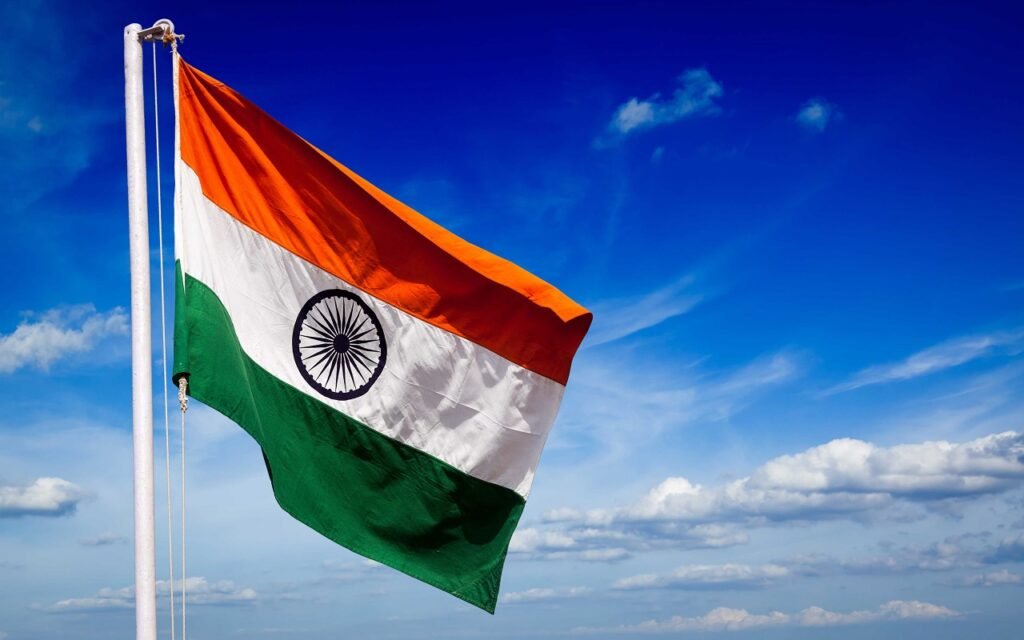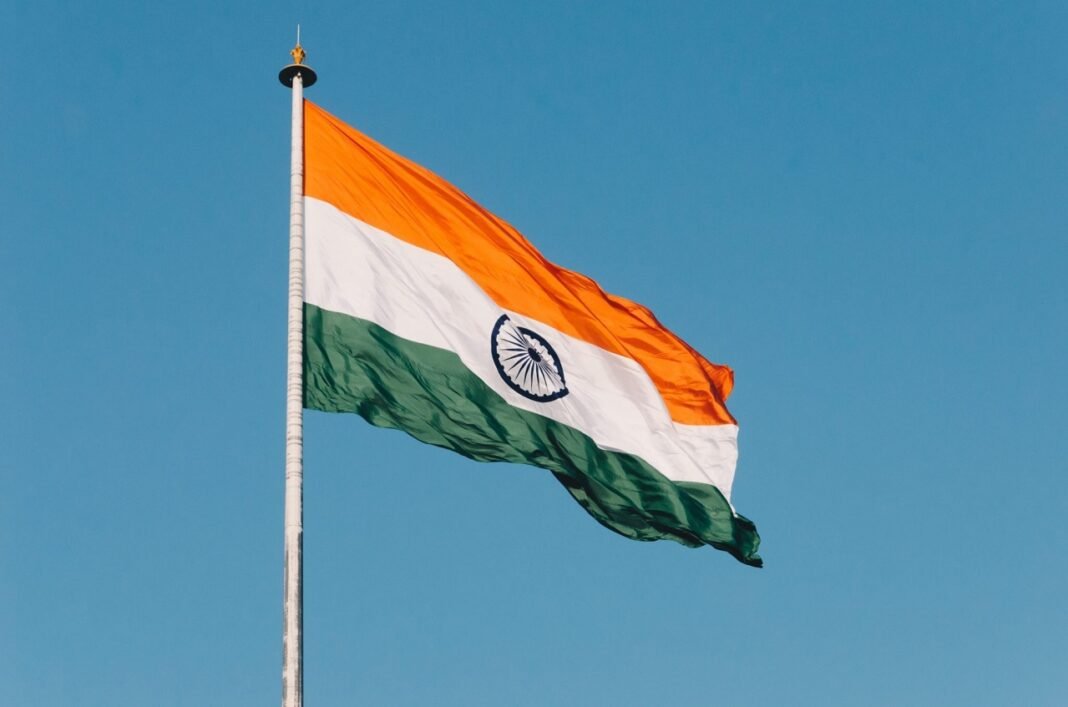National Flag Day in India is celebrated on 7th April to mark the day when the Indian flag was first unfurled by Pingali Venkayya. He is said to have designed the flag after taking inspiration from the flags of various other countries. The Ashoka Chakra in the centre of the Indian flag has 24 spokes which represent the 24 hours in a day.

The saffron colour on the top represents courage and sacrifice, while the white in the middle signifies peace and truth. The green at the bottom stands for faith and chivalry. On this National Flag day, let us take a moment to remember our freedom fighters who sacrificed their lives for our country. Let us also pledge to uphold the values represented by our national flag.
What is Flag Day?
Flag Day is celebrated on 7th December every year in India. It is a day to honour the national flag and to promote patriotism. The day is also observed as the Armed Forces Flag Day to remember the sacrifices of our brave soldiers.
The History of Flag Day in India
Flag Day in India is celebrated on 7th December to commemorate the day when the Indian National Flag was first unfurled by our national hero, Subhas Chandra Bose. The flag was hoisted on 26th January 1930, at a public meeting in Calcutta. On this occasion, Pandit Jawaharlal Nehru said, “This flag has been made sacred by the blood of our martyrs.”
The Indian National Flag is a horizontal tricolour of deep saffron (kesaria) at the top, white in the middle and dark green at the bottom in equal proportions. In the centre of the white band is a navy blue wheel with 24 spokes called the Ashoka Chakra. Our national flag symbolises truth and justice, peace and progress, and respect for all religions.
The saffron colour represents courage and sacrifice; white represents truth and purity; green represents faith and fertility; and blue represents constancy and perseverance. The 24 spokes of the Ashoka Chakra represent the 24 hours in a day; they also stand for equality between different religions, races and genders.
The history of our national flag is intimately linked with that of our freedom struggle. The first ever flag of independent India was designed by Pingali Venkayya, a Freedom Fighter from Andhra Pradesh. It was unveiled at the Congress session held in Kolkata in 1931. However, it was only after Independence that our national flag came to be formally
Why Do We Celebrate Flag Day?
Flag Day is celebrated on 7th December every year in India. It is a day to remember our national flag and the principles it stands for. The Indian national flag is a symbol of our country’s independence and sovereignty. It is a reminder of the sacrifices made by our freedom fighters to achieve this goal. The flag also represents the unity of our diverse culture and people. When we look at the flag, we see the tricolour of saffron, white and green which represent courage, peace and prosperity respectively. The Ashoka Chakra in the centre of the flag stands for justice, truth and Dharma.
The national flag is a sacred object that should be treated with respect at all times. On Flag Day, we reaffirm our commitment to uphold these values and principles that our flag represents. We also remember all those who have fought for our country’s independence and continue to do so today. Let us use this day to renew our sense of pride and patriotism for India. Jai Hind!
How to Celebrate Flag Day
Flag Day is celebrated on 7th December every year in India. It is a day to honour the National Flag and to remember the martyrs who sacrificed their lives for the country. The day is also known as National Flag Hoisting Day.
The Indian National Flag is a horizontal tricolour of deep saffron, white and green; with a 24-spoke wheel in navy blue at its centre. The ratio of the width to the length of the flag is 2:3.
On this day, the National Flag is hoisted at important government buildings and institutions across the country. schools and colleges also organise flag hoisting ceremonies and cultural programmes to mark the occasion. Students sing patriotic songs and recite poems in tribute to our freedom fighters.
The President, Prime Minister and other political leaders address the nation on this day and reaffirm their commitment to safeguard the interests of the country and its people.
Also Read: What is NEFT? What Are The Charges on NEFT Transaction?

